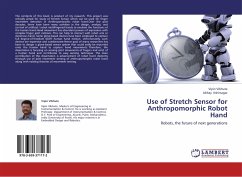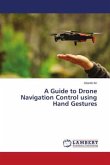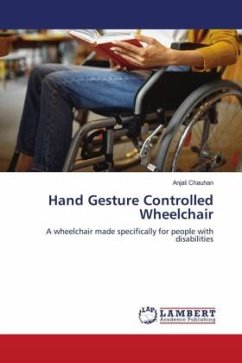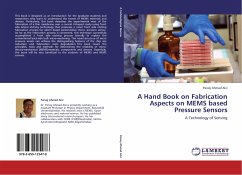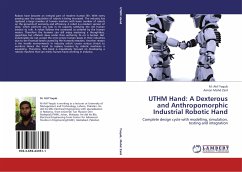The Ambidextrous Robot Hand is an innovative robotic device engineered in Brunel University, London. Because of the ambidextrous feature of the robot hand, two different humanoid behaviours are accessible from a single mechatronic device. The fingers of the Ambidextrous Hand are indeed made of a reversible design which allows them to bend in both ways, so that the robotic system can behave either as a right hand or as a left hand. The mechatronic structure is connected to a remote control interface to be eventually used as an online rehabilitation device. The Ambidextrous Hand is driven by control algorithms specifically engineered to suit the wide range of its fingers, their asymmetrical tendons routing and the nonlinearity of their pneumatic actuators. The original features of the project are precisely discussed and compared with the ones of other robotic models. This book relates the whole development of the Ambidextrous Robot Hand: from its feasibility study to its mechanicalarchitecture and its control algorithms, including its pneumatic actuation, its electronic interface and its remote control system.


